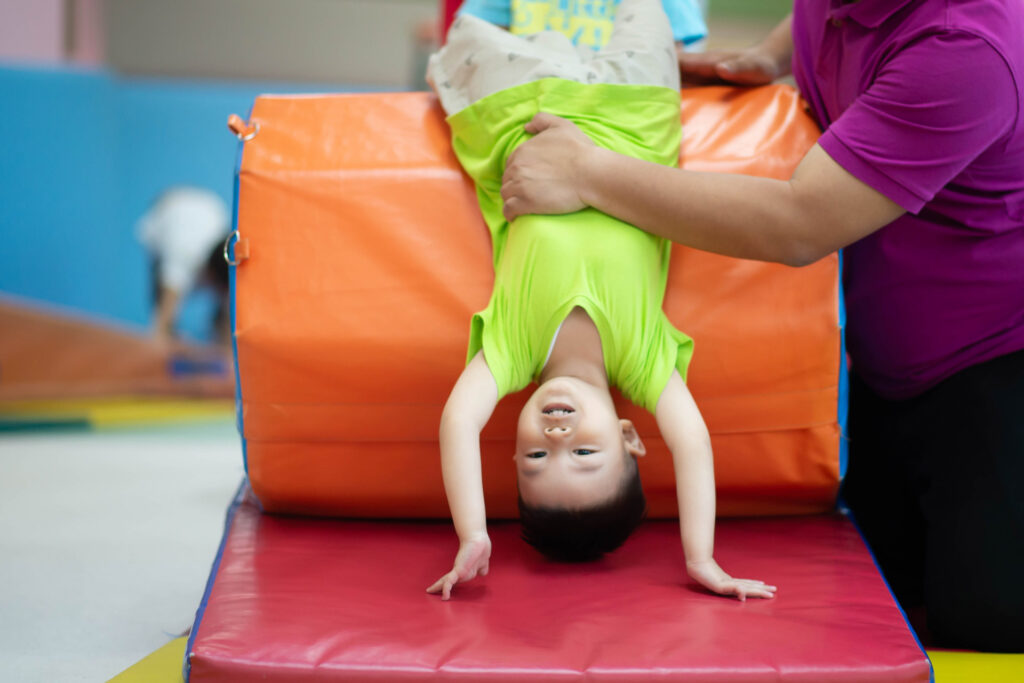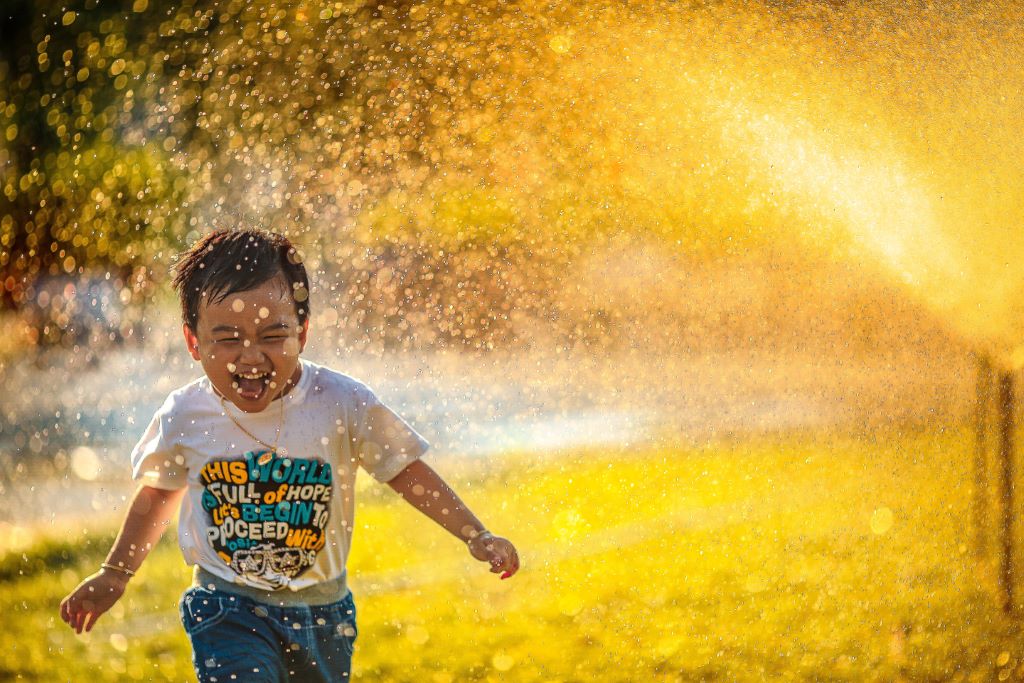We’re living in an era when children and youth are engaging in increasing amounts of sedentary behavior. This is why any attempt to get them to engage in physical movement should be considered positive.
When children are using and developing their gross motor skills by running, jumping, or even walking, research shows that their cognitive abilities are being used and developed at the same time. The cerebellum—the main part of the brain in charge of motor skills—is also involved in spatial perception, cognitive abilities, and visual processing. This is why researchers believe the development of gross motor skills and cognitive abilities are interrelated.

So, when children are performing physical movements that require the use of their brains, they’re also using, exercising, and refining some of the same neural pathways that are used to perform cognitive tasks—and vice versa! Not only are they using the same pathways, but that physical movement helps their cognitive activity by causing more glucose, water, and oxygen to travel to the brain.
The lighthearted and skills-focused movement experiences that children have in their early years lay the groundwork for their future confidence, coordination, body awareness, and academic development.
Physically active young children experience a number of positive effects. The obvious results have to do with their physical health: healthy bodies, healthy hearts, and healthy weight. While exercising and improving their fine and gross motor skills, children that are physically active are also developing better posture, improving their coordination, and learning more movement skills by refining their balance, endurance, agility, flexibility, and strength.

These characteristics all form the basis for what is known as physical literacy, which contributes to their overall wellbeing, not just their physical wellbeing. As with adults, studies have shown that being physically active can help children deal with stress and anxiety while also teaching them how to make healthy choices in terms of their lifestyles.
All of this goes to show that physical literacy and being physically active offer a great number of benefits to children in their overall development. These children experience better:
According to scientists, all four areas of development cooperate to produce healthy brains. Physically active, healthy children can learn better in school and are even better at problem-solving and concentrating than their peers.
Think of these four areas of development as the four walls of a house. If you want your child to be happy, healthy, and productive, they must develop all four walls equally. Just as you can’t build a house with three walls, a child can’t reach their full potential developing all four areas equally.

Hreyfiland is a family gym that offers play-based movement development classes led by a qualified child motor development therapist.